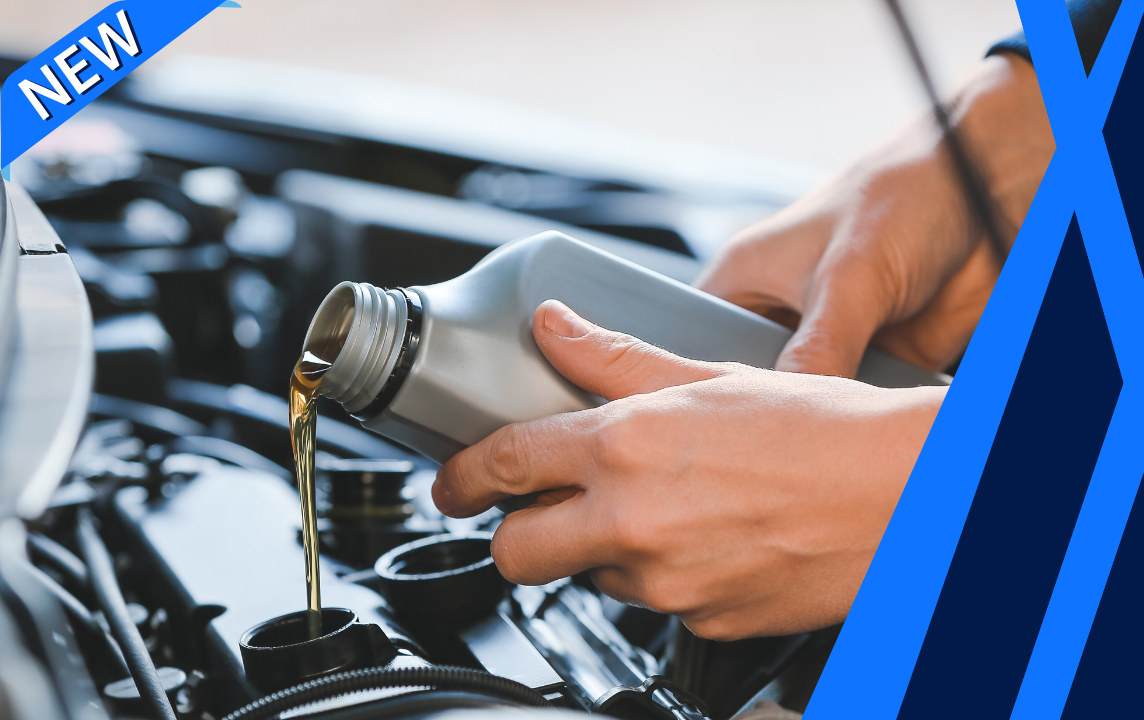Description
Car is running hotter than normal Inspection
How this system works:
Your coolant system is designed to help remove heat from the engine during operation. The engine creates a great deal of heat, and coolant is circulated throughout to absorb heat and then remove it. The coolant flows through the engine and then back into the radiator. Fins built into the radiator help disperse the heat as air passes over them.
There are several important components here. The radiator is probably the most visible, but you also have an upper and lower radiator hose, thermostat, water pump, coolant reservoir, etc. All are critical to the system’s operation, and if one starts to “go south”, you may experience higher operating temperatures than normal.
Several potential problems could cause your car to start running hotter than normal without overheating. It could also be something as simple as sitting in bumper-to-bumper traffic on a hot summer day.
Common reasons for this to happen:
- Low Coolant: With any engine temperature related issue, the first thing to check is the level of the coolant. If it’s low, then the system doesn’t have enough fluid to do its job correctly. Many things can cause low fluid, including not properly topping it off after draining the old coolant and leaks from various parts, such as one of the radiator hoses, the water pump gasket, a damaged or open bleeder valve and more.
- Sticking Thermostat: This could be a sign that your thermostat is about to fail. If it has started sticking but hasn’t quite given up the ghost, it’s possible to see higher engine operating temperatures without overheating.
- Damaged Radiator Cap: Most modern radiator caps are pressure caps. They’re designed to increase the boiling point of coolant by pressurising the system. If your cap is failing (the seal is generally the problem), you can expect to see higher engine temperatures.
- Deteriorating Hose: Your radiator hoses are responsible for transporting coolant to and from the radiator. Over time, they age and deteriorate. If a hose has gone “soft”, it may have partially collapsed and created a bottleneck that limits coolant flow, which will increase the temperature.
- Faulty Temperature Sensor: It’s possible that the temperature sensor on the engine block is faulty and sending inaccurate information to the car’s computer/dash gauge. In this instance, the reading is incorrect, and your car’s engine temperature is most likely normal.
What to expect:
A professional mobile mechanic will come to your home or office to inspect both the temperature gauge and your car’s cooling system. The mechanic will then provide a detailed inspection report that includes the scope and cost of the necessary repairs.
How it’s done:
The mechanic will inspect the coolant level, the condition of the hoses, the radiator cap and more. It may also be necessary to test drive the vehicle to get the coolant up to operating temperature to verify the higher than usual temperature reading.
How important is this service?
A temperature gauge reading slightly higher than normal may or may not be a sign that something’s wrong. If you’re stuck in traffic on a hot day, this would be normal. However, if you’ve noticed the car is running hotter than normal without any mitigating factors, it’s a sign that something’s going wrong. One of our professional mechanics can diagnose and repair the issue before it becomes a serious problem.




